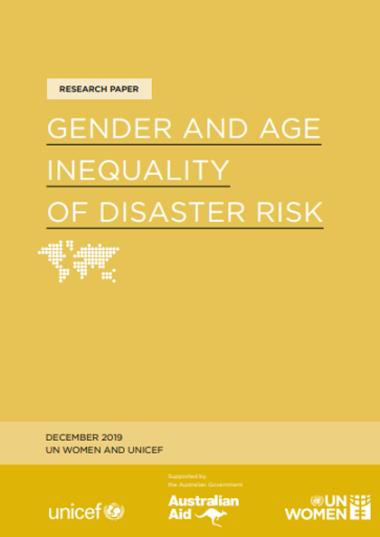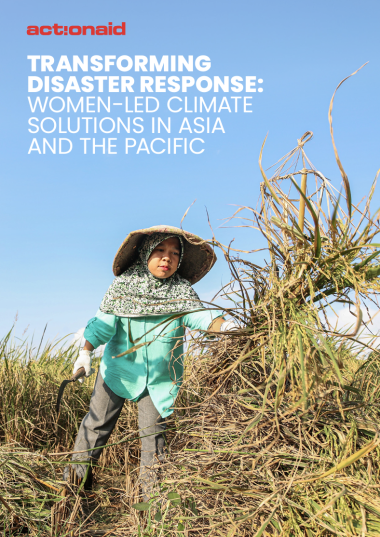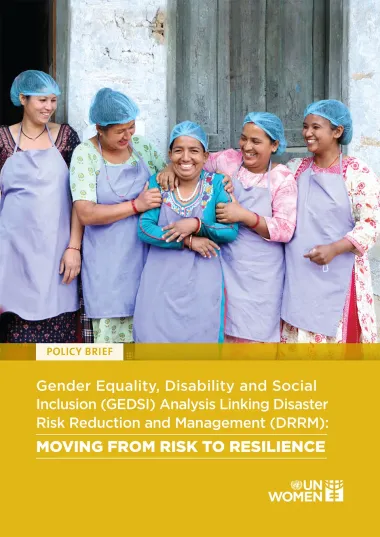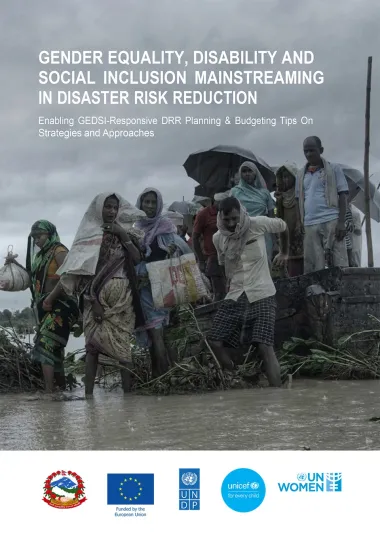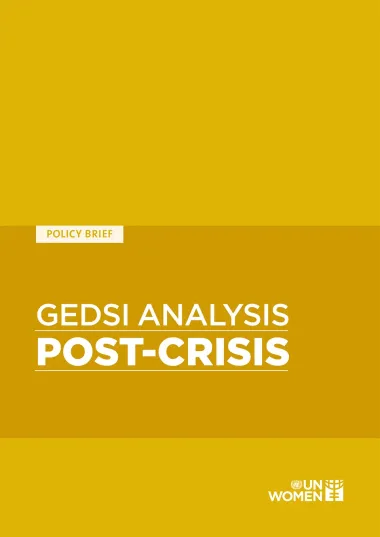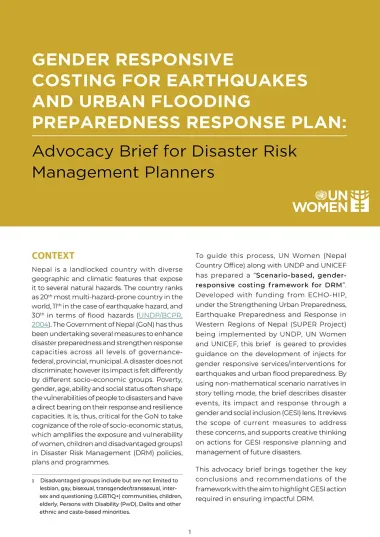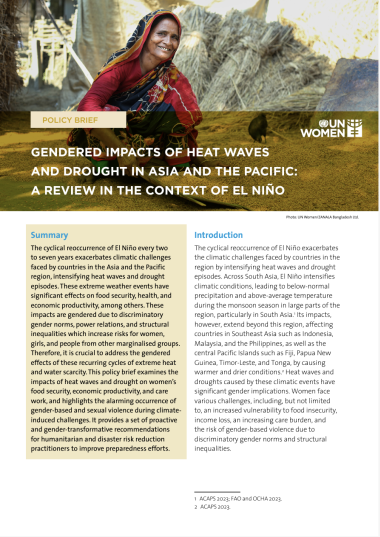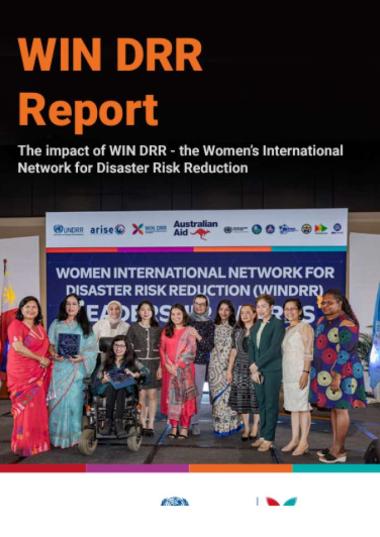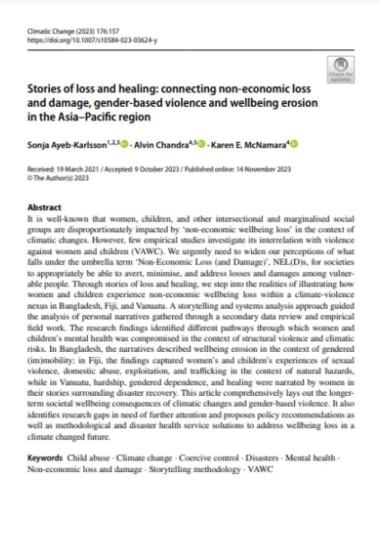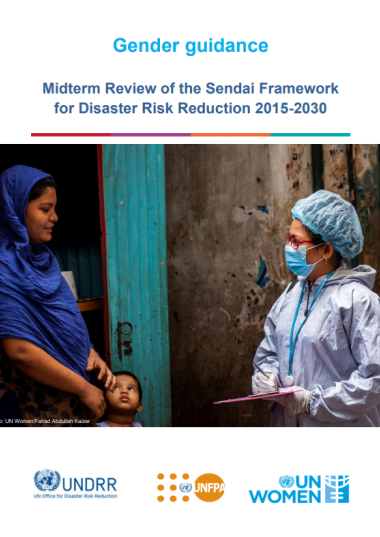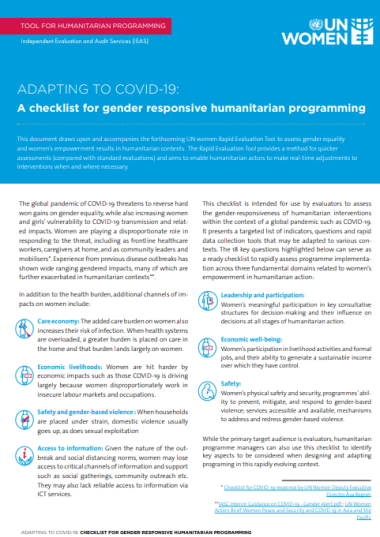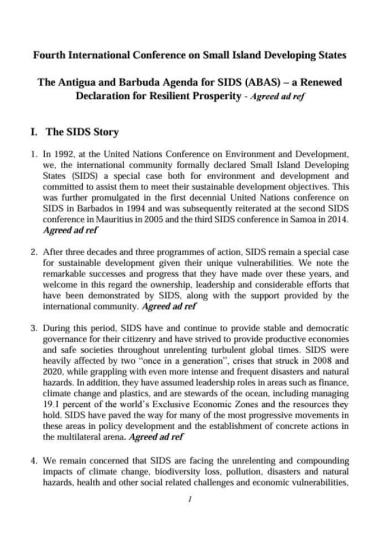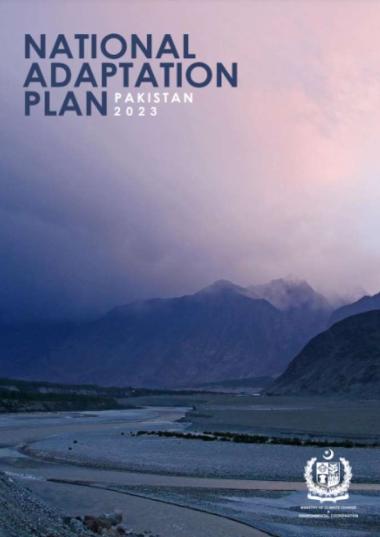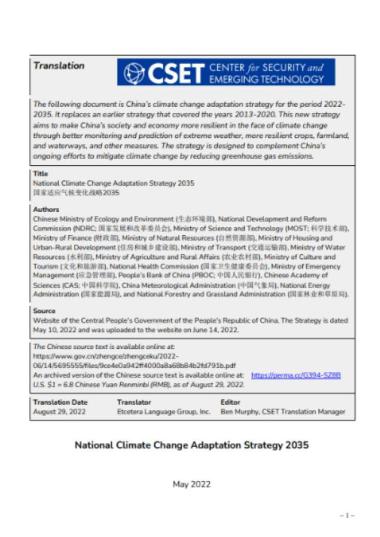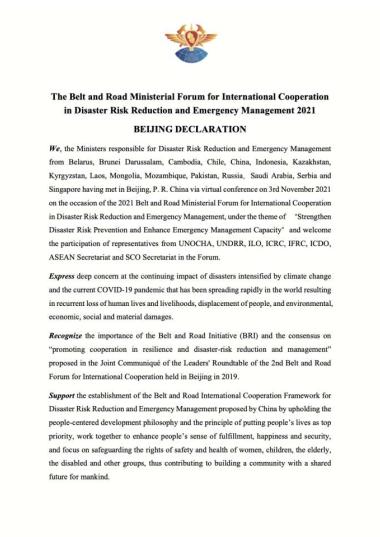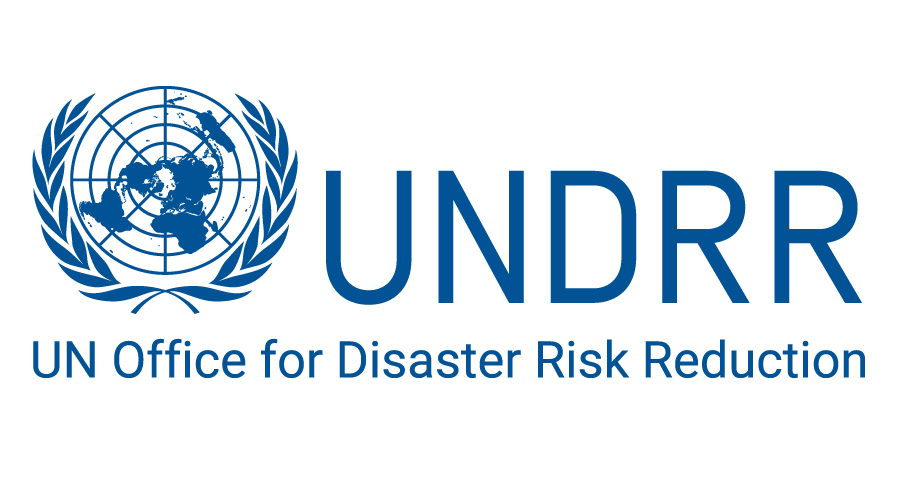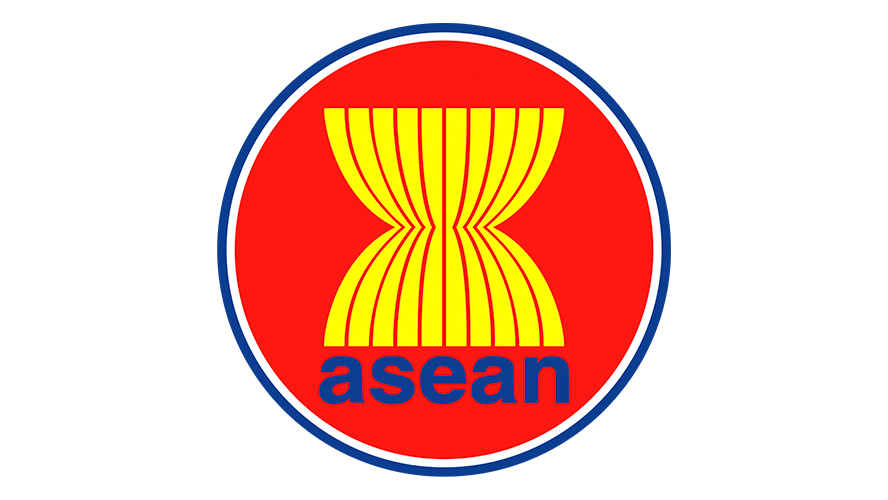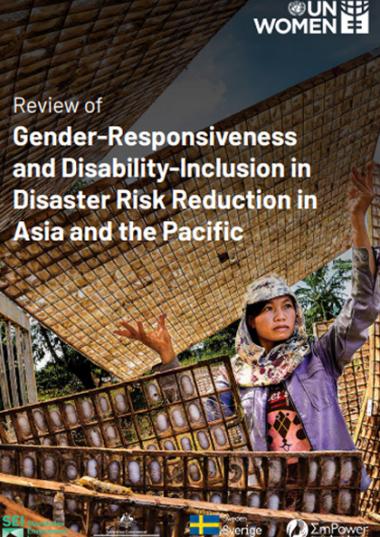
Over a million lives and over a trillion dollars have been lost in Asia over the last 50 years due to weather, climate and water extremes. In 2022 alone the economic losses in Asia from natural hazards were calculated to be $48.7 billion, affecting 63.9 million people.
Climate change is reshaping and expanding the disaster riskscape in Asia, increasing the risk of extreme weather events and slow onset processes, and exacerbating the convergence of biological and natural hazards: East and North-East Asia face increasing heatwaves and related biological hazards with the existing riskscape of earthquakes and tropical cyclones; North and Central Asia have newly emerging areas of drought, land degradation and biological hazards due to climate change; and South and South-West Asia, and South-East Asia are facing intensifying floods, droughts, and cyclones, leading to systemic failures that threaten to reverse poverty reduction gains and the achievement of the SDGs. The poor living along river basins in these subregions are the worst affected.
This unpredictable environment coupled with persisting systemic failures is reversing progress towards the achievement of the SDGs, especially poverty reduction and gender equality gains. Asia is the region most affected by disaster displacement – constituting over three-quarters of the global total. Available data indicates 80% of people displaced by climate are women. The region’s diversity and frequency of disasters coupled with transboundary impacts require a comprehensive and multi-layered approach from local to regional levels.
The impacts of climate change, environmental degradation and disasters are however asymmetrically experienced across the Asia region due to unequal exposure and vulnerability and largely unleveraged potential of women’s agency and leadership for resilience, particularly in disaster risk reduction policymaking and budgeting. Women and marginalized groups have less access to information, resources, finance, technologies and decision-making, leaving them largely excluded from prevention and preparedness processes, which not only increases their vulnerability and exposure but also causes greater challenges in coping and rebuilding after a crisis.
At the heart of UN Women's mandate in disaster risk reduction (DRR) is ensuring equality between women, men, and persons of diverse sexual orientation, gender identities and/or expressions, and sexual characteristics (SOGIESC) as partners and beneficiaries of DRR initiatives. Globally and in the Asia region, we leverage our triple mandate —normative, coordination and operational – towards ensuring that gender equality and women's empowerment are systematically integrated across disaster risk reduction, resilience building, and risk-informed recovery.
Currently UN Women is implementing the EmPower: Women for Climate Resilient Societies Programme in the region and is supporting various gender-responsive and inclusive post-disaster needs assessments, policy and planning processes, and targeted initiatives such as weather forecast based financing, gender-responsive early warning, and gender-responsive cash-based interventions.
